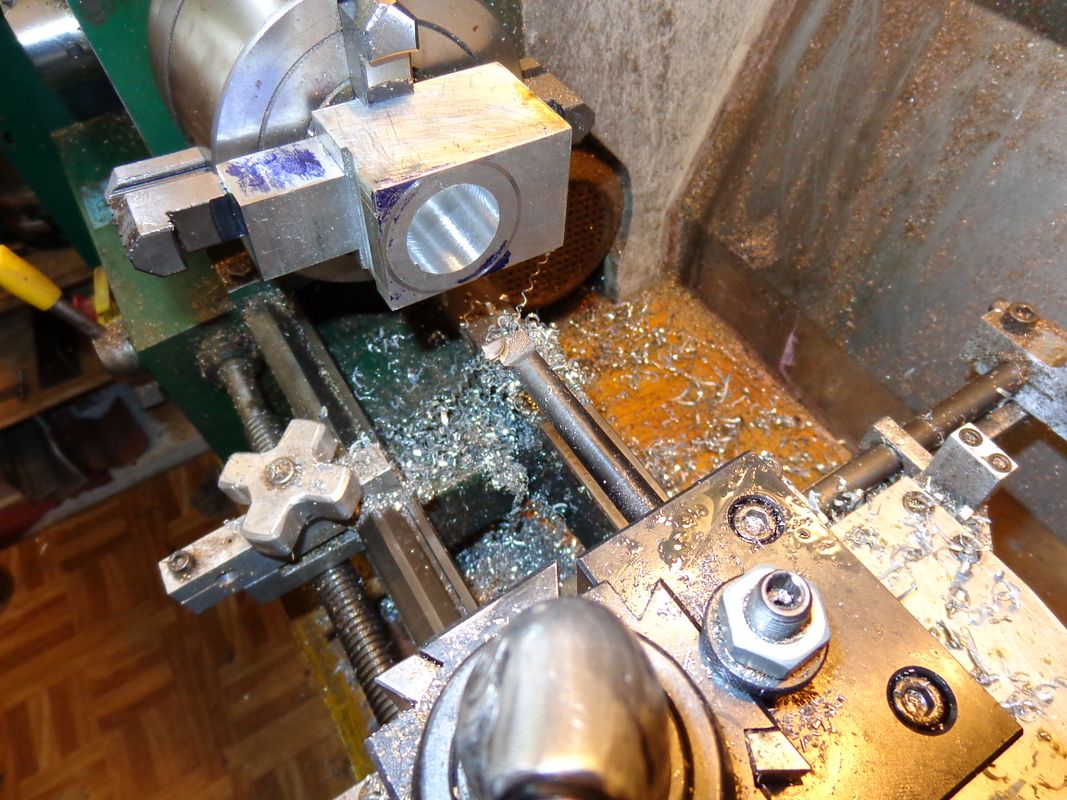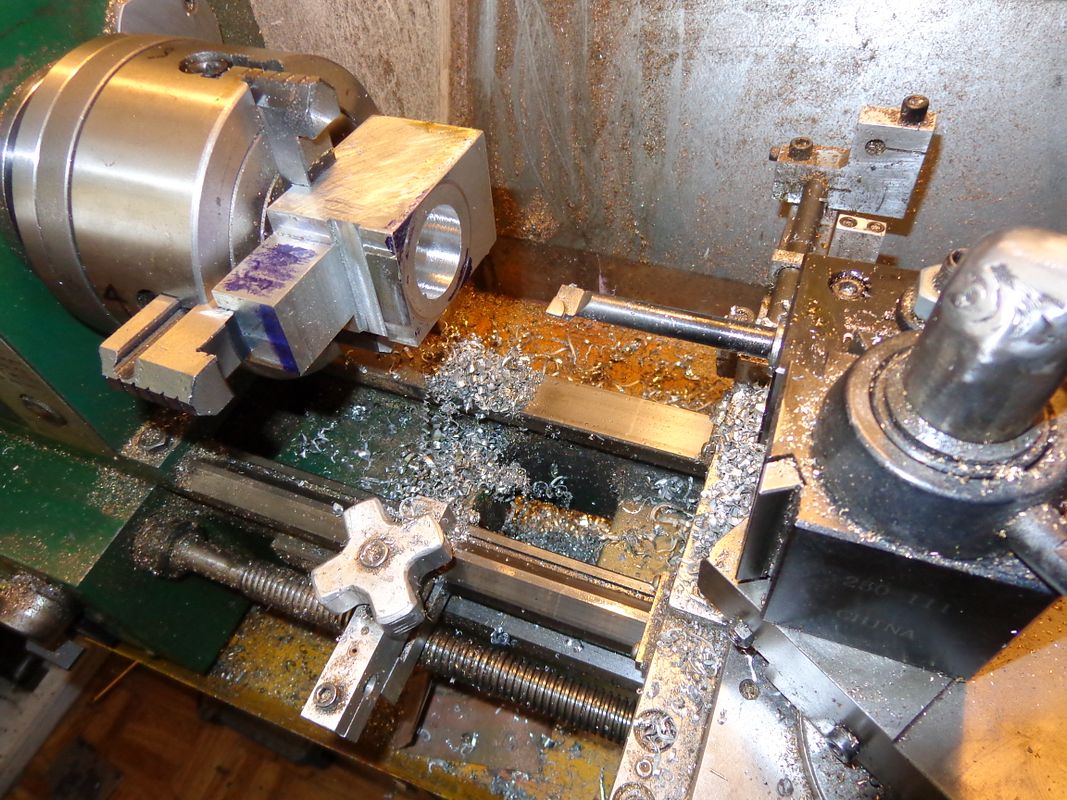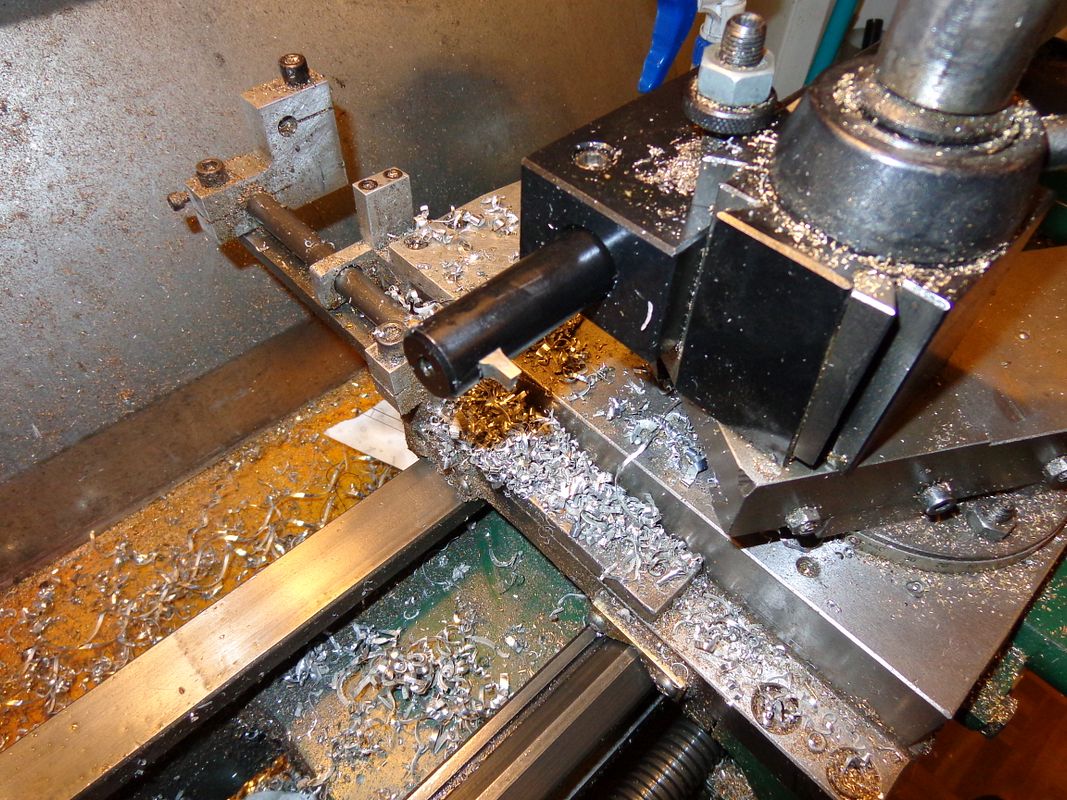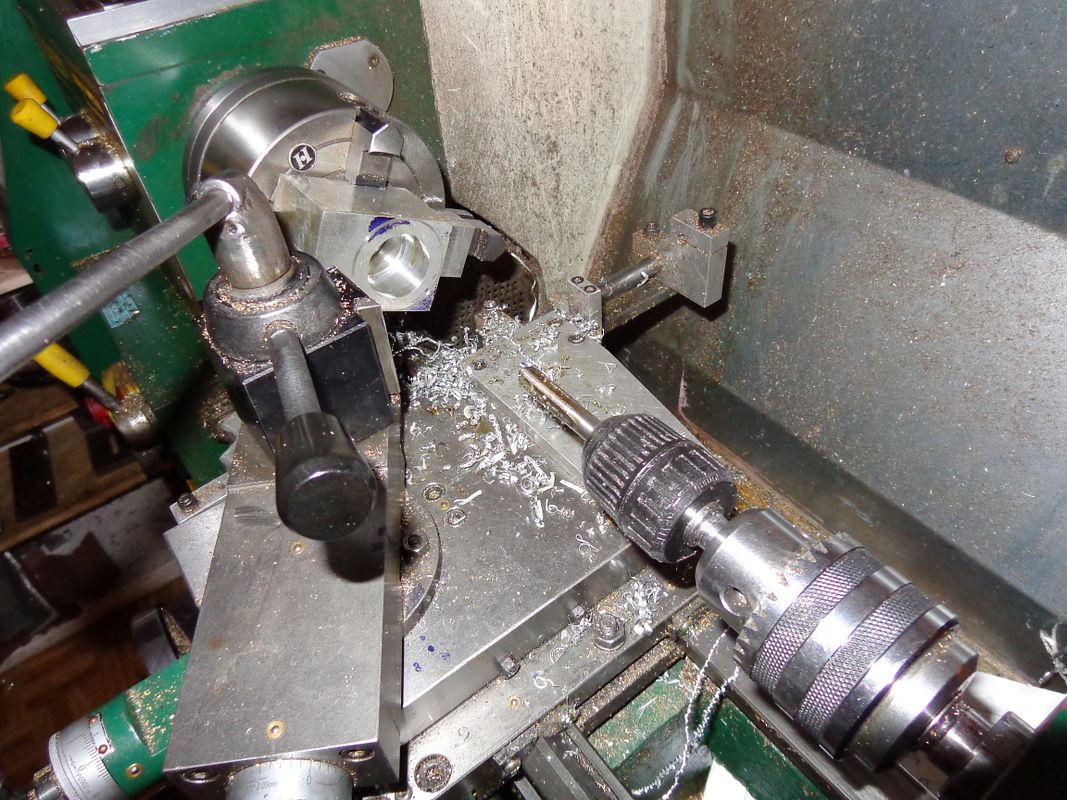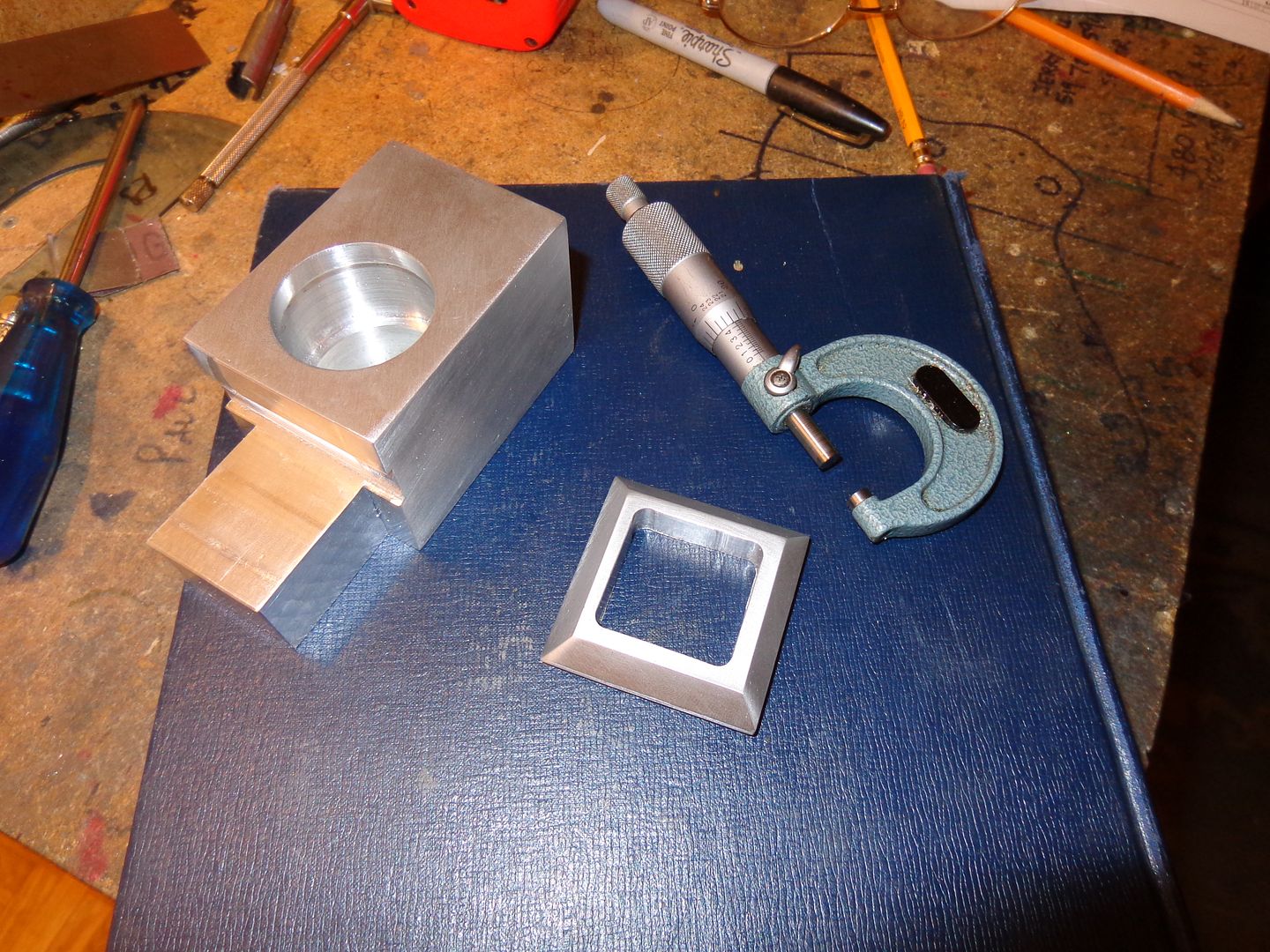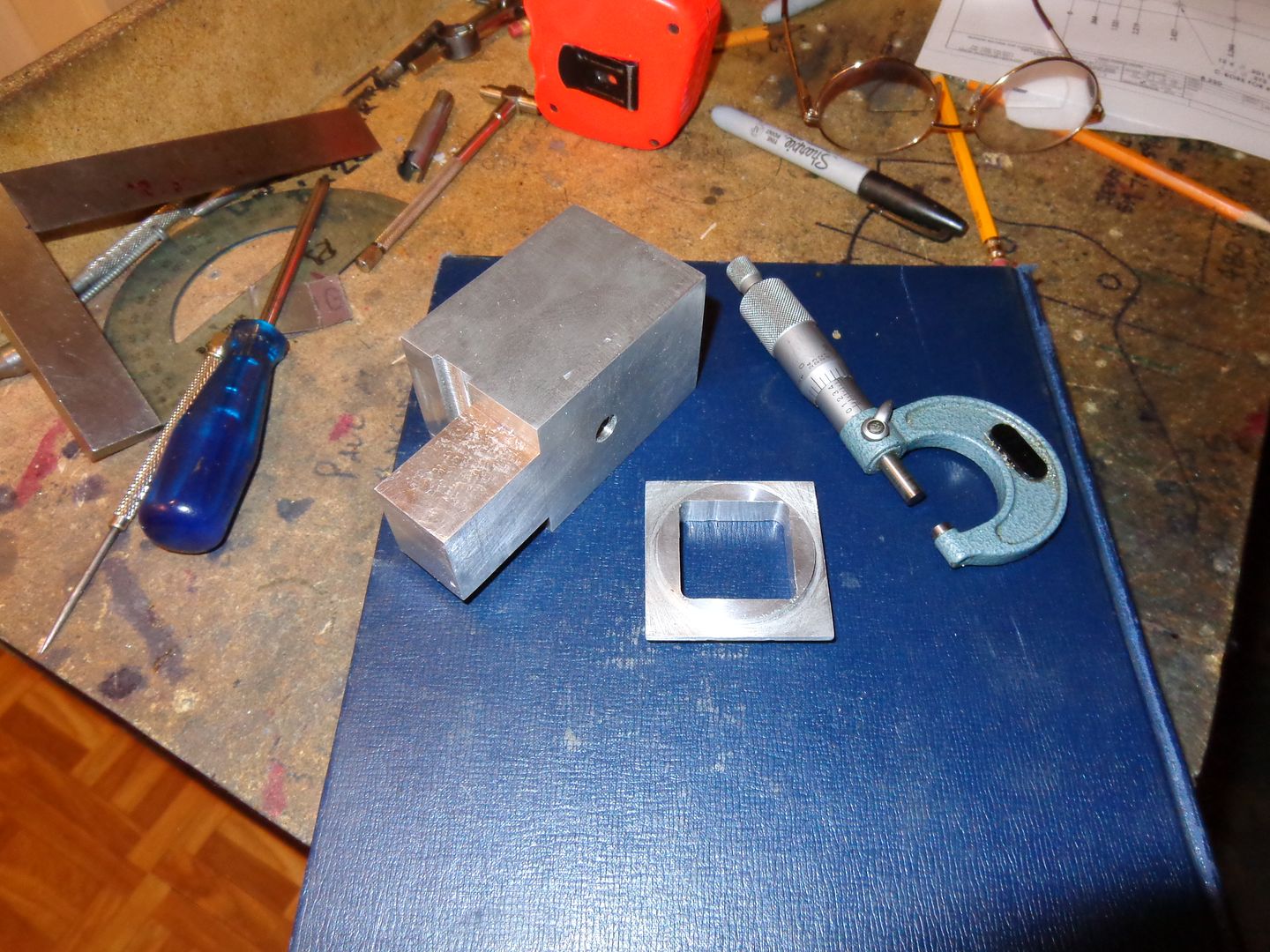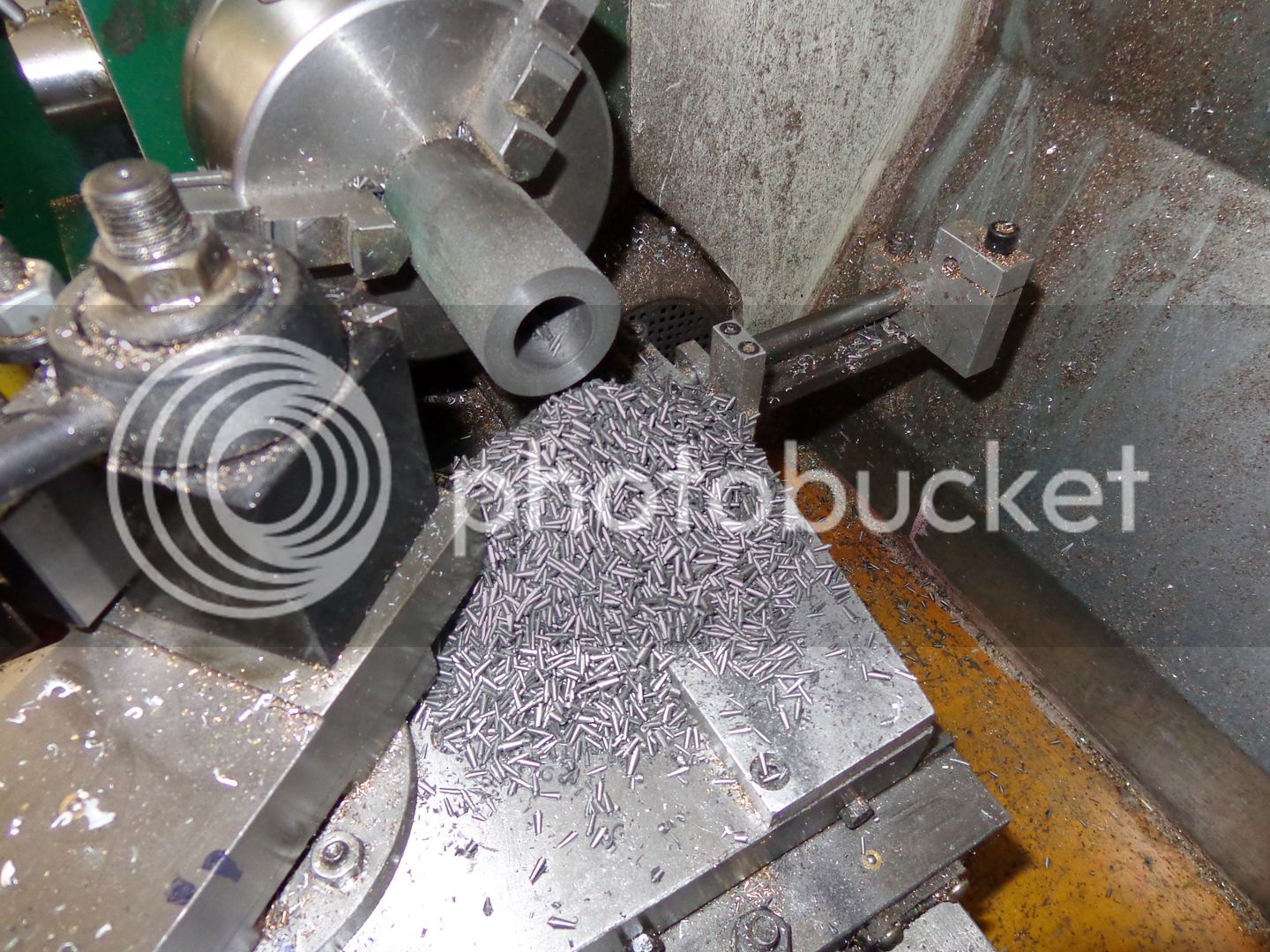Well Idahoan---Thats impressive!!! I didn't know there was such a tool. It looks to be a tool that would be beyond reach dollarwise for a hobby machinist. Thank you for showing me.----Brian
Last edited:

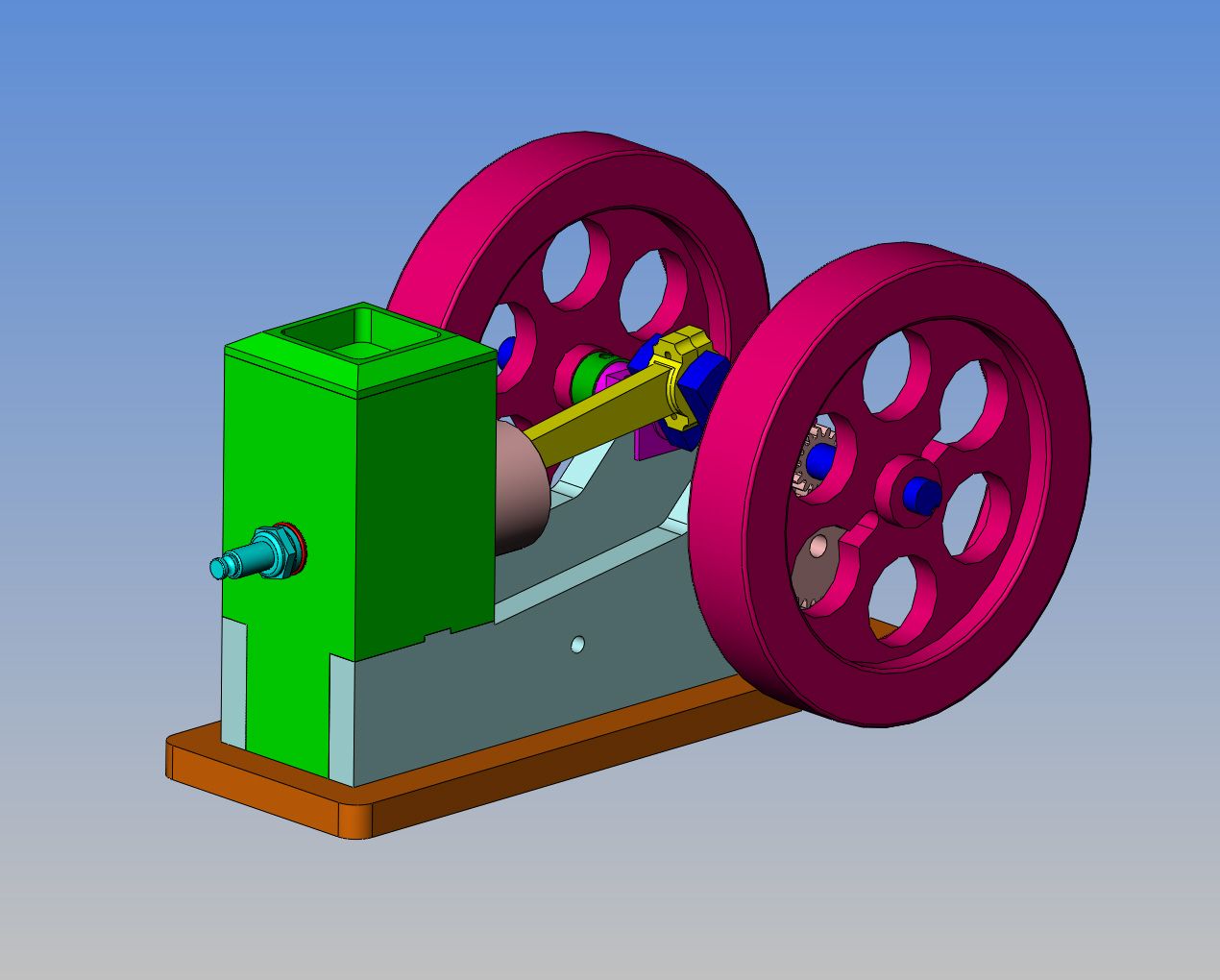

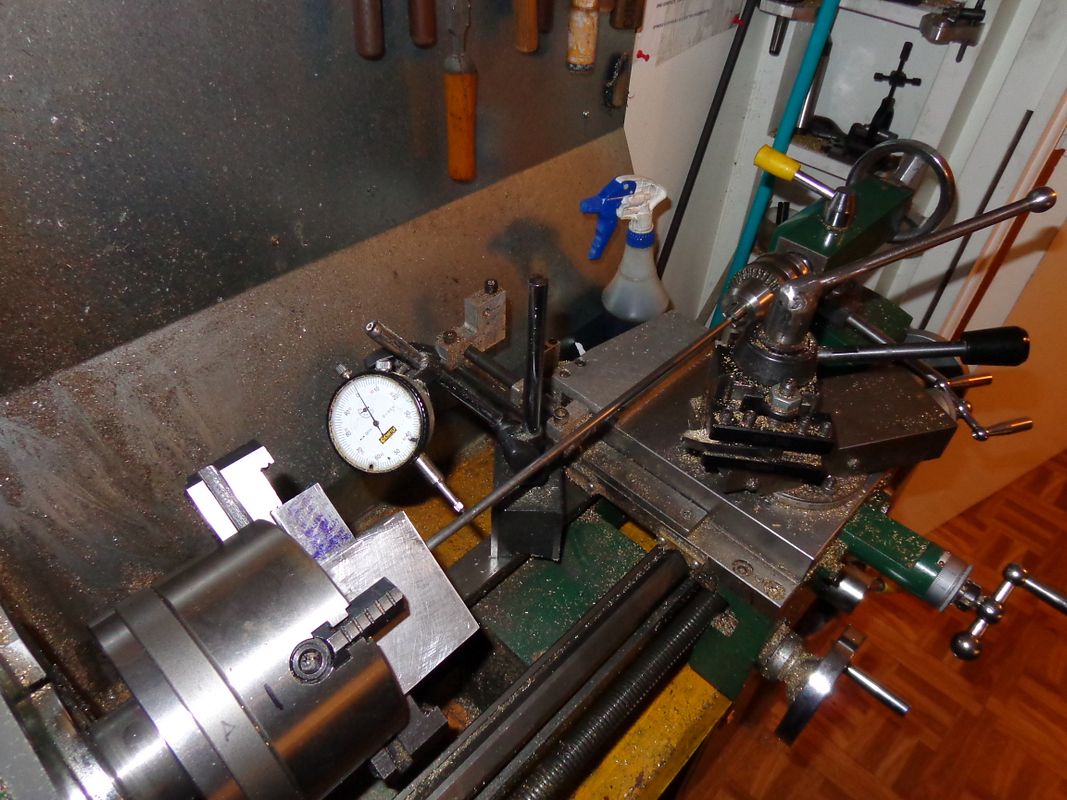







I may have answered my own question. I've just watched half a dozen videos on youtube of this engine running, and yes, it does seem that the piston skirt does come out of the cylinder by about .100 at bottom dead center. This seems a bit strange to me, but the engines seem to run fine, so I guess no harm is done by it.
